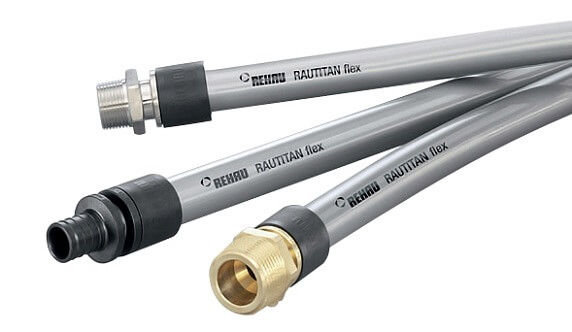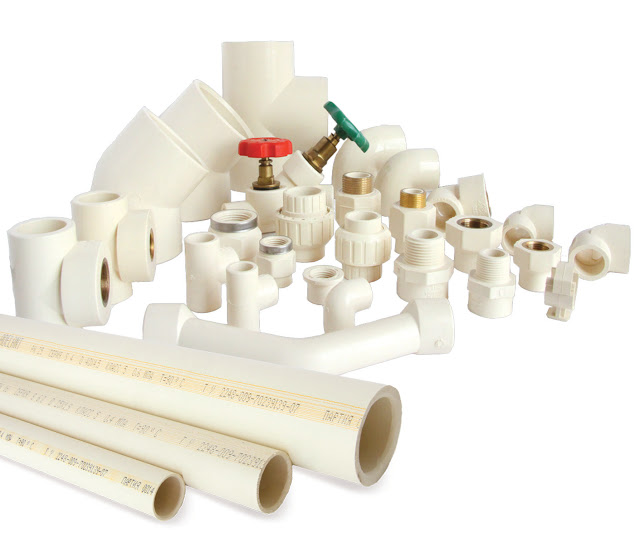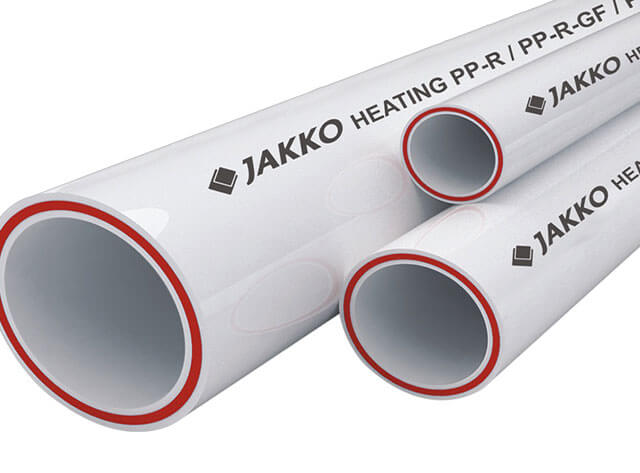Each contractor is accustomed to working with one material and usually advises him. But how can a customer make a choice? We will help you understand the options for plumbing pipes that are currently available in the US market.
Tristan Roberts, editor-in-chief of Environmental Building News, the leading research publication on green building, will help us with this.
The best option for long life: copper pipe

Pros: Copper is by far the best choice, simply because copper pipes have been around for centuries. Their properties are well studied. Many chimneys over 80 years old do their job perfectly with no problems for homeowners.
Two main environmental factors: copper water pipe does not pollute drinking water at all, and old pipes can be disposed of without harm to the environment. The material is well processed. But the mining copper and the production process of copper pipes are so harmful to the environment that, despite the durability and recyclability, copper water pipes cause severe environmental damage.
The cost of copper pipes: In recent years, unfortunately, the price of the material has risen sharply, partly because of the pandemic. The use of copper pipes today will hurt the owner's wallet quite painfully. The average price of copper pipe will be $315 per 100 feet.
The best option for complex upgrades: cross-linked polyethylene (PEX)

Pros: PEX can be easily installed into walls, so it's great for retrofits. With one pipe, a plumber can go around half a house, with all the corners and turns without a single seam. How electricians do it with wires. More and more contractors are offering this particular material and for good reason. The fewer connections in the plumbing system, the more reliable the system. All connections are usually easily accessible and replaceable if necessary, and the possibility of a complete pipe leaking is almost impossible. Only in the event of a manufacturing defect. But in production, quality control is usually strict.
Companies that produce PEX pipes in the USA: Mr.PEX, Nibco, Rehau, Sioux Chief, Uponor Wirsbo, Viega. Most produce not only pipes but everything you need for installation: tools, fittings, and manifolds. This allows you to make the entire order from one manufacturer.
Impact of PEX on the environment: it is believed that since the pipe is a chemical compound, there is a possibility of water contamination. On the other hand, California, the most stringent state in environmental regulations, has approved the use of PEX pipes for the installation of home plumbing systems.
“It was a big test case,” says Roberts. "And I think that calmed a lot of the fears."
Also, industry and technology do not stand still, and today the second generation PEX is available, which presents itself as an improved version. But users of the first generation pipes should not worry either, there is no data on the negative usage of pipes.
PEX pipe cost: $34 per 100 feet. This is significantly lower than the cost of copper.
Best Pipe Material for DIYers: Chlorinated Polyvinyl Chloride (CPVC)

Pros: A close relative of rigid white PVC (Polyvinyl Chloride), which has long been the standard for domestic sewer pipes. The chemistry of CPVC contains additional chlorine making it safe for drinking water and has a 40-year history of durability.
The main advantage is that no special tool is required for installation, as for PEX or copper pipes. You just need to cut the pipe in the right place and connect it to another pipe with a fitting and glue. Nothing is easier.
Environmental factor: the production of the material itself, as well as adhesives for its installation, greatly pollutes the environment. In connection with life, it is difficult to call it environmentally friendly. But this has nothing to do with water quality - the material does not emit any hazardous substances into the water and cannot harm your health.
CPVC pipe cost: $57 for 100 feet. Which is slightly higher than for PEX pipe.
So, the last material for pipes is polypropylene (PP). It is considered the safest for water.

Advantages: not very common in the US, but used in Europe for over 30 years. During this time, it has established itself as durable and safe for health. Unlike PVC pipes, the material does not need to be glued. It is heated with a special soldering iron and fused into one, which does not give a chance for leakage if the plumber works properly with this type of pipe.
Environmental factor: “If you want to go green, this is the best option,” says Roberts. “There are no concerns about the safety of leaching chemicals from polypropylene, and there is no reason why pipes should not last almost forever. Polypropylene is the future of water pipes.”
Cost: but here there are nuances, because. installation requires a professional tool, which is expensive in the case of a single project in-house. But for a professional plumber, this is not a big expense, given that the tool is constantly used in work. The cost of the Polypropylene pipe itself is $116 per 100 feet.
We hope you now have a better understanding of plumbing and can ask your plumber the right questions and make the right choice of pipes for your new plumbing system.